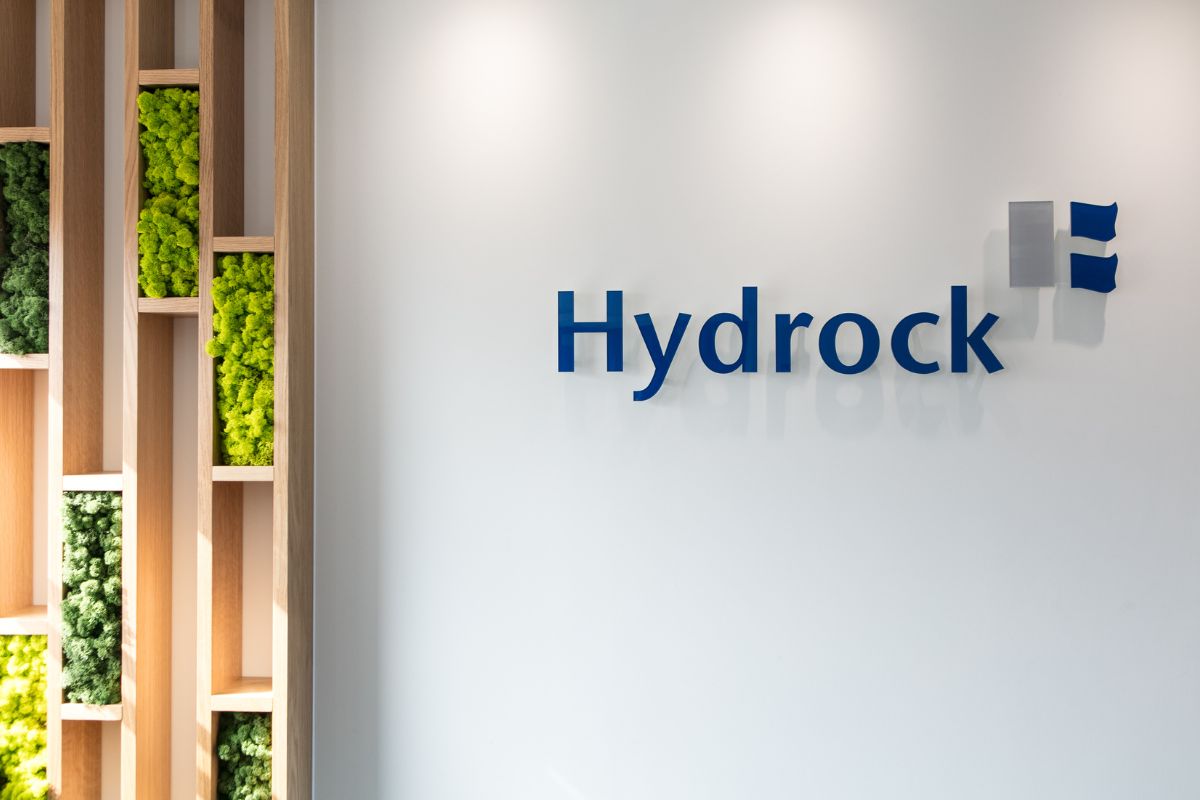Buyer vs Housebuilder – A mismatch of green priorities
In this article, Neil Gosling, partner and head of residential development at Shakespeare Martineau, examines the output from Green Homes Report: What Buyers want from new home purchases and the mismatch in priorities with developers.
New research has shown that more than three quarters (77%) of people in the housing market are likely to choose a green home for their next purchase. 70% of people looking to get on, or move up, the housing ladder are also willing to pay more for better energy efficiency.
When we asked more than 500 first time buyers and those on the property ladder looking to move into their next home this year for our Green Homes Report: What Buyers Want, the top reasons for wanting a green home included it’s ‘better for the environment’ (39%), it will ‘save me money in the long run’ (27%) and ‘I want to reduce my energy bills’ (35%).
More than a third (34%) of homebuyers also wanted to reduce their carbon footprint and get ahead of the curve, stating: ‘I think eventually all homes will need to be green so I will pre-empt this.’
Despite a significant uptake, more than 1 in 3 (35%) respondents who were likely to purchase a green home said they wanted to understand more about how it would benefit them in the future, indicating a gap in knowledge and understanding.
18% said they were neither likely nor unlikely to opt for a green home. Almost three quarters (72%) of those who were undecided said it was because they didn’t know enough about it, while 29% said they felt ‘indifferently’ about green homes.
We found that age and social demographic also had an impact on priorities for home buyers. Of those who said they would consider a green home: ABC1 are more concerned with saving money in the long run (38% vs 32%), whereas C2DE are more concerned about reducing their energy bills (42% vs 33%) - indicating a difference in view on long term benefits vs short to medium benefits of green homes.
Knowledge and incentives
Green homes and carbon zero homes are not publicised enough – and as a result, the public do not appreciate the benefits in full. After being given information on green homes, 76% of people said they would be more likely to consider purchasing one for their next property.
But buyers are not stupid. They want the benefits of green homes but at no additional cost to a standard house. Why? Because those being targeted with greener new builds are often financially sensitive first time buyers or ‘second steppers’ who are not looking for a forever home and therefore will not live in the property long enough to see a return on investment, which could take decades.
On top of energy savings we need more buyer incentives for green homes, such as reduced council tax, better help to buy ISA returns, lower stamp duty, better lending rates and giving EPC ratings greater influence over the value of homes.
Our green homes report pulls out some interesting stats, but having spoken to developers, cost is holding them back from pursuing green homes whole-heartedly. There are ways of delivering green homes through small construction changes, insulation and triple glazing and heating systems (air source pumps), which have a lesser impact on the build cost. However, housebuilders do need to reduce profit margin to accommodate these additional expenses. In a profit-based world, the big players need to lead the way, and the government will need to step in with additional support.
What about modern methods of construction (MMC)?
Modern methods of construction (MMC) can significantly reduce the amount of embodied carbon in a property due to the manufacturing process and local labour. Properties built in a factory are also more energy efficient, reducing operational carbon at the point of occupancy.
However, many feel that MMC may not be the silver bullet: manufacturing costs are increasing due to supply chain issues and material shortages. Cost of petrol is also a key factor, making delivery of product more expensive and, in some cases, unviable. Due to the standardisation of manufacturing, there is a limited number of housing types and flexibility in production, which can impact sales.
The developers I have spoken to believe they can deliver sufficient green homes standards at a lower cost, even taking into consideration the improved speed of build by using MMC. And anecdotal feedback shows that MMC is only really working for housing authorities and specific modular build businesses that build and sell their own properties. There needs to be a mix if we’re going to fulfil consumer needs and meet net zero targets.
What needs to change?
The whole industry needs to do more to improve public awareness of green homes – and now is the perfect time to generate demand in the wake of the energy crisis. But, to see real change, there needs to be financial benefit to the developer and buyer, and planning needs to proactively identify the need for green homes.
Nationwide energy infrastructure needs to be drastically improved too, and future design of housing developments need to accommodate community energy systems to allow the ‘recycling’ of energy supplies from renewable sources. At present there are too many barriers, from cost to legislation, making it more difficult for developers to implement community energy projects.
Adoption of green homes at scale is a complex jigsaw that will require canvassing of government, legislative changes and greater financial incentives for both consumers and those delivering the product. More must be done to encourage larger players in the industry to get behind the cause, so that maximum efficiencies are achieved in the future. There is also need for a significant educational and engagement piece with the public and wider supply chain.
For the short term the focus should be on fabrication of housing to secure green homes status, but the potential for positive change on a much larger scale is huge, should the pieces fall into place.



